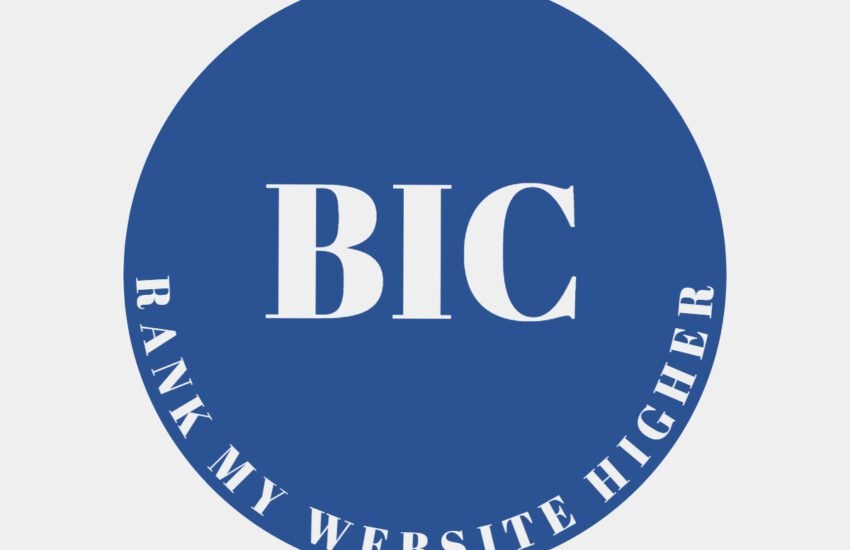How to Identify and Fix a Google Penalty on Your Blog
Google penalties can have a significant impact on your blog’s visibility and organic traffic. It is important to understand what a manual penalty is and how to identify and fix it. Manual penalties are issued by Google when they determine that your website violates their quality guidelines. These penalties can result in a decrease in search rankings or even removal from Google’s search results.
Causes of Manual Penalties
There are several reasons why your blog may receive a manual penalty from Google. It is crucial to be aware of these causes so that you can take the necessary steps to avoid them:
1. Unnatural Links
One of the most common reasons for a manual penalty is the presence of unnatural links pointing to your blog. These are links that have been obtained through manipulative practices such as buying links or participating in link schemes. Google considers these links to be a violation of their guidelines and may penalize your blog as a result.
To identify if your blog has been penalized due to unnatural links, you can use Google Search Console. Look for a notification under the “Manual Actions” section that indicates a penalty for unnatural links. Additionally, you may notice a significant drop in organic traffic and search rankings.
To fix this issue, you need to identify the unnatural links pointing to your blog and take steps to remove or disavow them. Reach out to the website owners and request the removal of the links. If that doesn’t work, you can use Google’s Disavow Tool to disavow the links and inform Google that you don’t want them to consider those links when evaluating your blog’s ranking.
2. Thin or Duplicate Content
Another reason for a manual penalty is having thin or duplicate content on your blog. Thin content refers to pages that provide little to no value to users, such as doorway pages or auto-generated content. Duplicate content refers to content that appears on multiple pages within your blog or across different websites.
To identify if your blog has been penalized due to thin or duplicate content, you can again use Google Search Console. Look for a notification under the “Manual Actions” section that indicates a penalty for thin or duplicate content. Additionally, you may notice a drop in organic traffic and search rankings for specific pages.
To fix this issue, you need to improve the quality and uniqueness of your content. Review your blog for thin or duplicate content and either remove it or rewrite it to provide more value to your readers. Ensure that each page has unique and original content that is relevant to the topic.
3. User-Generated Spam
If your blog allows user-generated content, such as comments or guest posts, it is important to monitor and moderate it effectively. User-generated spam refers to content that is created solely for the purpose of promoting a website or product, without providing any meaningful contribution to the discussion.
To identify if your blog has been penalized due to user-generated spam, you can use Google Search Console to check for any manual actions related to spammy content. Additionally, you may notice an increase in spam comments or links within your blog.
To fix this issue, you need to implement effective moderation practices. Use spam filters to automatically detect and remove spam comments. Regularly review and moderate user-generated content to ensure that it meets your quality guidelines. Encourage genuine and meaningful contributions from your audience.
Conclusion
Google penalties can have a detrimental effect on your blog’s visibility and organic traffic. It is important to be aware of the causes of manual penalties and take proactive steps to avoid them. Regularly monitor your blog for any signs of a penalty and use tools like Google Search Console to identify and address any issues. By following Google’s quality guidelines and providing valuable content to your audience, you can maintain a healthy and penalty-free blog.

